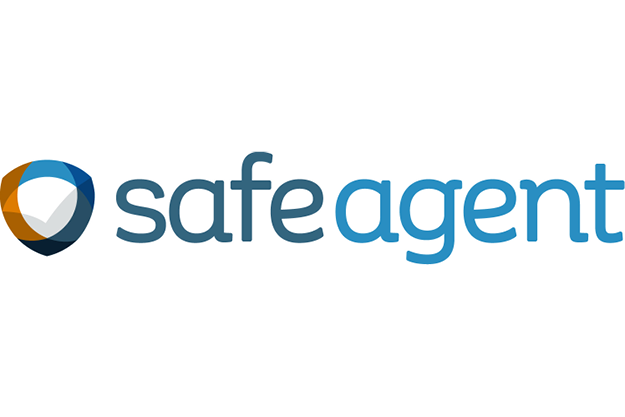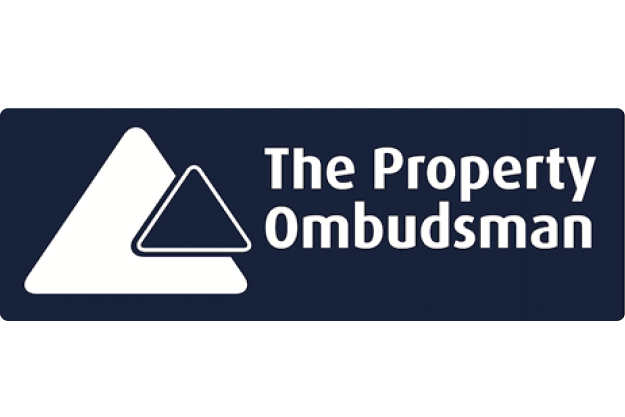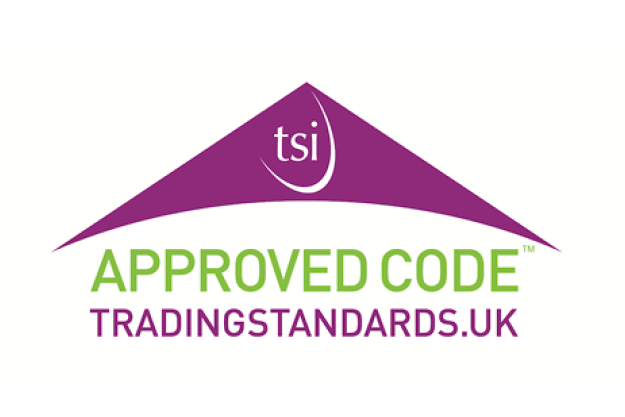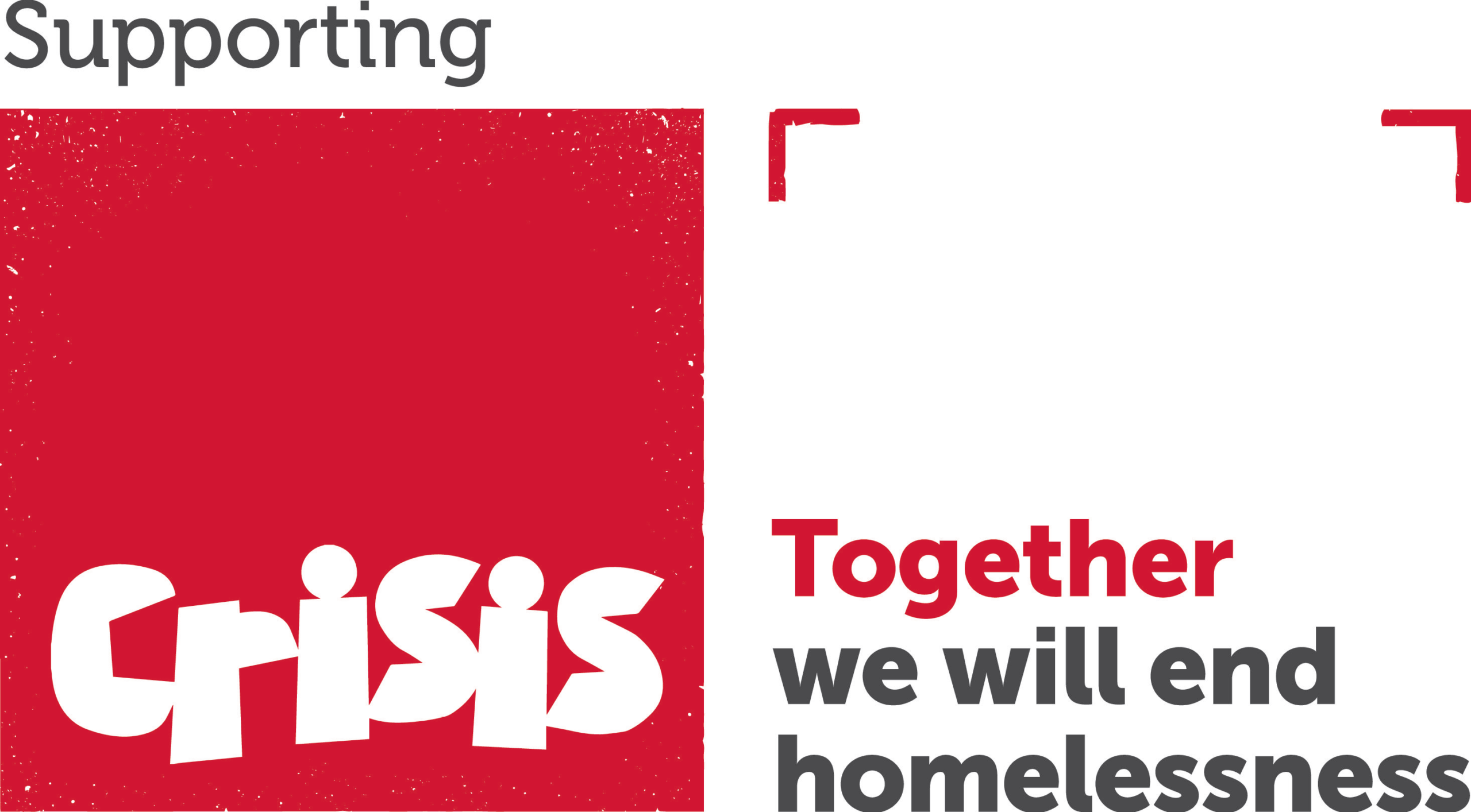The UK inflation rate fell unexpectedly in June, with the Consumer Prices Index (CPI) measure dropping to 4.2%.
Markets had expected the figure to hold steady again at 4.5%. The Retail Prices Index (RPI) measure of inflation – which includes mortgage interest payments – also fell, from 5.2% to 5%, according to the Office for National Statistics. The slowdown came courtesy of falling prices for games, toys and hobbies, as well as for clothing and footwear.’
Aggressive discounting’ Clothing prices fell 1.9% compared with the previous month, led by falling prices for women’s outerwear and footwear, as summer sales began early, the ONS said. “Seemingly the ONS is picking up more aggressive discounting in some of the more discretionary spending areas,” said Ross Walker, economist at RBS Financial Markets. The price data echoes poor retail sales revealed earlier on Tuesday by the British Retail Consortium, which suggested that shops which had cut prices aggressively had seen a small recovery in volumes. The ONS also said that the cost of audio-visual equipment also eased, thanks to discounting on some products. Meanwhile, food costs continued to rise sharply, jumping 0.9% in the month, with notable increases in the cost of bread, cereals, meat, milk, cheese and eggs.Yet to peak Despite the fall in June’s inflation rate, the figures mean the CPI rate has still overshot the Bank of England’s 2% target for 35 of the past 41 months.
the Bank’s monetary policy committee voted again to maintain interest rates at the record low of 0.5%. “The retreat in consumer price inflation in June boosts the case for the Bank of England to hold fire on interest rates for many more months to come to give the fragile, faltering economy every chance to develop growth momentum,” said Howard Archer, economist at IHS Global Insight. Economists also said the data revived the possibility that the Bank might decide to increase its “quantitative easing” programme of buying up government debt in order to pump more cash into the economy, if the recovery falters. It comes as separate data showed the UK’s trade deficit increased in May, putting a further dampener on the economy.
“The fall in the core rate… might be the first real sign that the weakness of households’ spending power is starting to bear down on underlying price pressures in the High Street,” said Jonathan Loynes of Capital Economics. But he warned that despite the fall, inflation had probably yet to peak, with a rise to 5% or above still very likely, due to rising energy and commodity prices. A 15%-20% rise in household energy bills is expected to start affecting inflation data from August.



